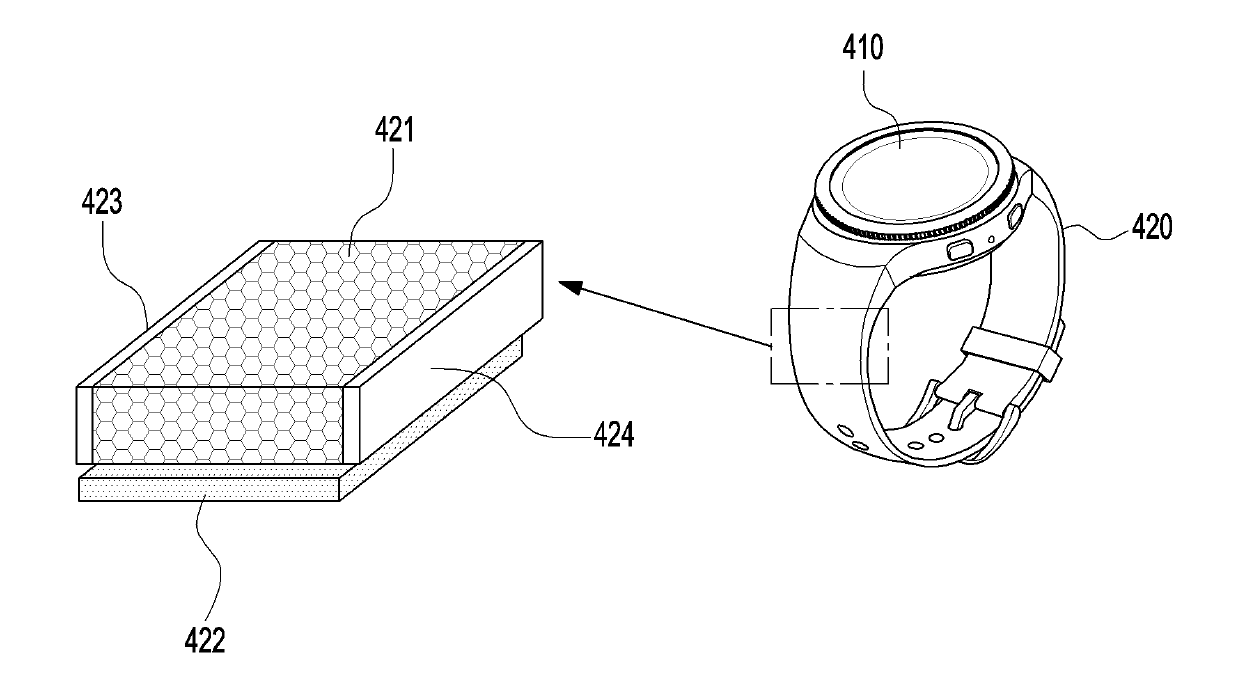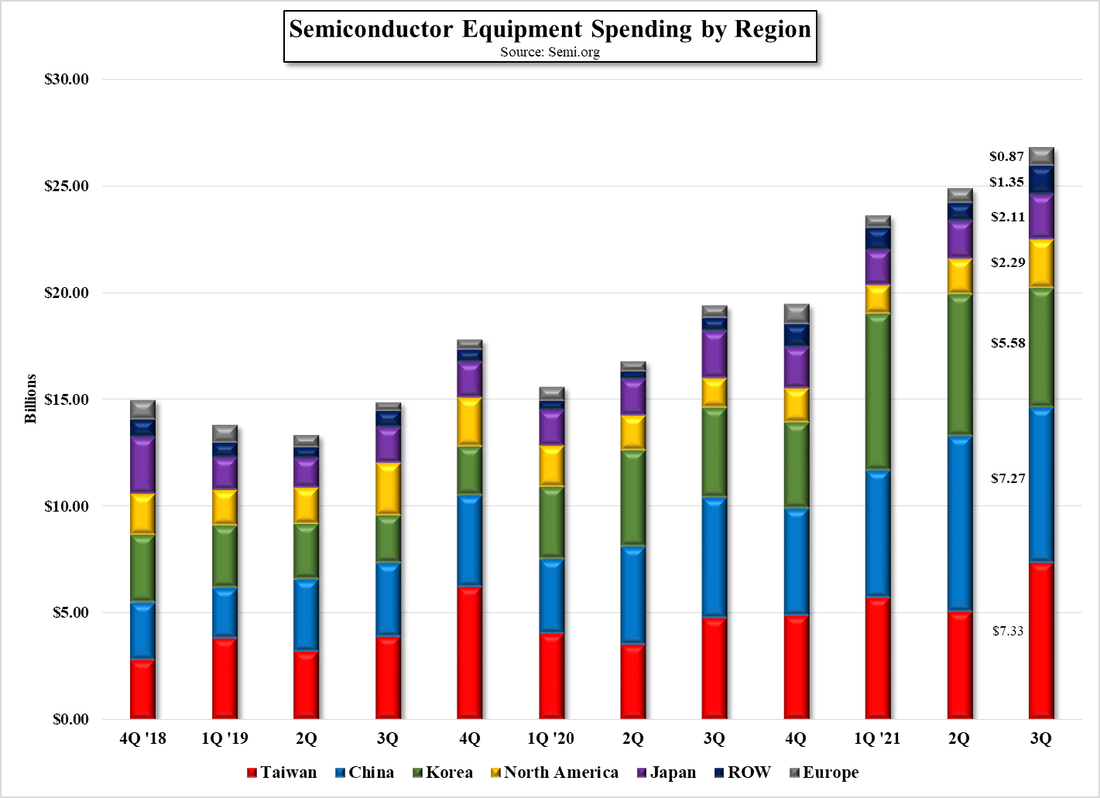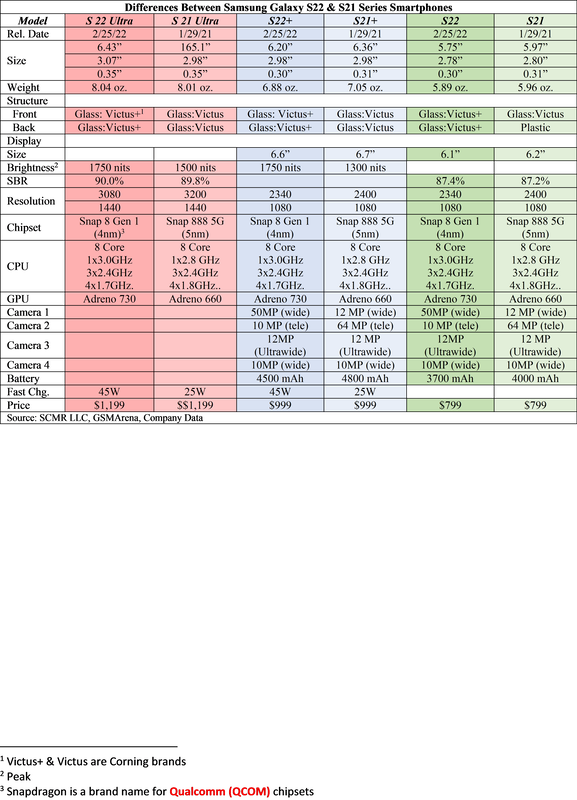Samsung Delays Some Micro-LED TV Production
Both the 99” and 110” models use PCB for control circuitry, based on LEDs that are 75um across and 125um high, however the newer models will be based on smaller Micro-LEDs that are 1/7 the volume, based on cylindrical measurements and are said to be deposited directly on a glass substrate containing the TFT backplane, rather than PCB boards, a process similar to that used by China’s BOE (200725.CH) for Mini-LEDs, which should ultimately reduce the cost. That said, such smaller Micro-LEDs, while they allow for higher resolution displays, they are packed more closely together (.44mm for the 89” set), decreasing placement error tolerances and changing some of the characteristics of the Micro-LEDs themselves, particularly red Micro-LEDs.
While we don’t know if the delay is related to the production of the smaller Micro-LEDs, the characteristics of those LEDs themselves, or the potential changes to the substrate of TFT configuration, we expect it will make little difference to Samsung’s TV sales and these sets are quite expensive and relatively few units are sold to consumers, but while Mini-LEDs are an extension of existing LCD technology, Micro-LEDs are not and will require far more R&D and interim modifications that existing LED based products. That said, if the challenges of developing cost effective Micro-LED displays are eventually met, they have the potential to change the display industry over time. Of course, many will (and have) predict the demise of existing display technologies, as they did when OLED displays began to appear on smartphones as far back as 2003, and again in 2005 when Samsung released its 21” OLED TV, and again when both Samsung and LG (066570.KS) showed 55” OLED TVs at CES in 2012, and while OLED has certainly become an integral part of the display industry, it takes time to move an industry with such high capital investments built into each company. “I was taught that the way to progress was neither swift nor easy.” Marie Curie










 RSS Feed
RSS Feed